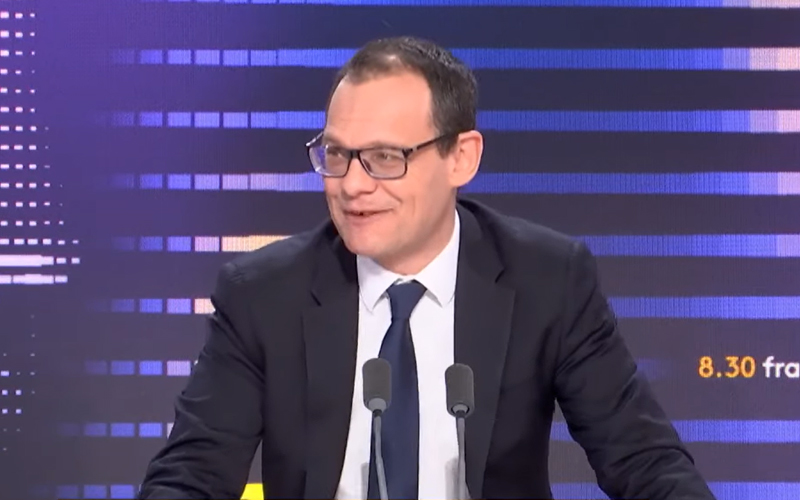
During an interview with French radio station franceinfo, Arianespace CEO Stéphane Israël explained that Europe would have to wait until the 2030s for a reusable launch vehicle.
The interview which occurred on 8 April covered a wide range of topics including the new French military budget, how inflation was affecting the launch industry, the likelihood that we’ll see a maiden flight of Ariane 6 this year, the questionable reliability of Vega, and, of course, Europe’s progress towards developing a reusable launch vehicle.
According to the Arianespace chief, during the preliminary design phase of Ariane 6, the technologies required to develop a reusable launch vehicle just weren’t yet available.
“When the decisions were made on Ariane 6, we did so with the technologies that were available to quickly introduce a new rocket,” said Israël
When challenged by one of the presenters on the assertion that the Ariane 6 has been introduced quickly, Israël stated that “as in many development programmes there have been delays with Ariane 6.” He then quickly pivoted away from the contradiction by describing what programmes Europe was currently working on in an effort to develop a reusable launch vehicle, including the Prometheus and Themis.
When asked when Europe could expect a reusable launch vehicle, Israël explained that, in his opinion, Ariane 6 would fly for more than ten years. Europe would then look to transition to a reusable successor for introduction in the 2030s.
A timeline
The design for what we call Ariane 6 today was introduced by Airbus and Safran in June 2014. It was then adopted by ESA in December 2014. Less than a year later, a small team of engineers from CNES and Airbus Safran Launchers (which would later be renamed ArianeGroup) began work on Prometheus, the reusable rocket engine initiative that was adopted by ESA in 2017. When it was adopted, Airbus Safran Launchers CEO Alain Charmeau stated that an initial test firing of Prometheus would occur in 2020.
Across the pond, SpaceX was already well into its efforts to build a reusable launch vehicle. The first controlled ocean landing of a Falcon 9 booster was completed in April 2014. This was followed a little over a year later by the first successful recovery of a Falcon 9 booster on a ground pad in December 2015.
So, reusable launch technologies were most certainly available during the design and early development phases of Ariane 6. However, the question remains if these technologies could have been developed in a reasonable timeframe to be applied to an Ariane 6 design.
During the 2014 ministerial meeting that saw the adoption of the current Ariane 6 design, ESA cut funding for the Ariane 5 ME (Mid-life Evolution). This vehicle was intended to be a stopgap between Ariane 5 and 6 and offered increased flexibility thanks to the introduction of the Vinci upper stage engine which will now be introduced aboard Ariane 6. The vehicle was expected to have a 20% increased payload capacity to GTO and a 20% decrease in the vehicle’s cost-per-kilogram pricing.
The Ariane 5 ME upgrade would have cost approximately €1.25 billion with the goal of introducing it by 2018. This would arguably have allowed Europe to avoid the launch crisis it currently finds itself facing. It would also have allowed Europe to mature technology for a reusable launch vehicle. Instead, Europe chose to spend what is now just over €4 billion to develop Ariane 6 which will be succeeded in just over ten years. To put that into context, Ariane 5 will have served 27 years once its retired later this year.




